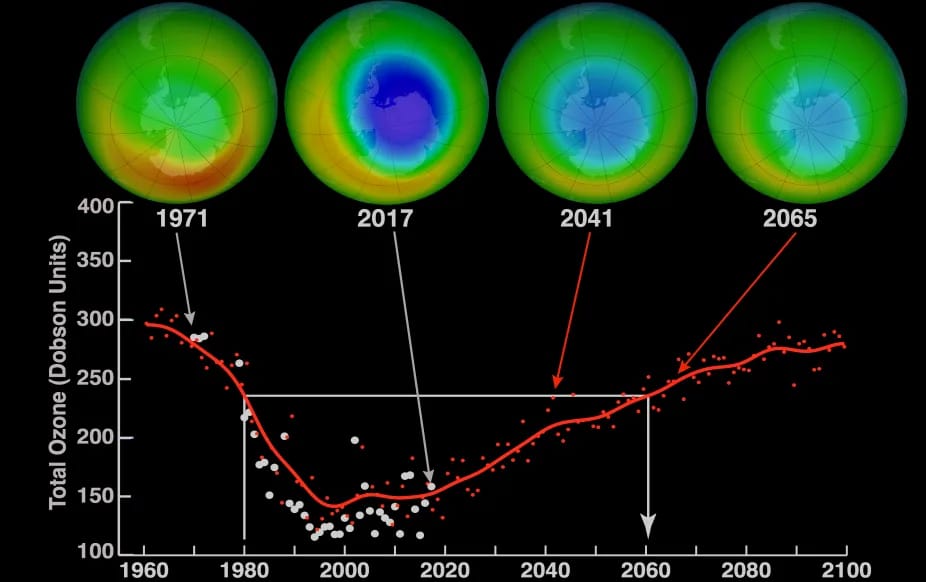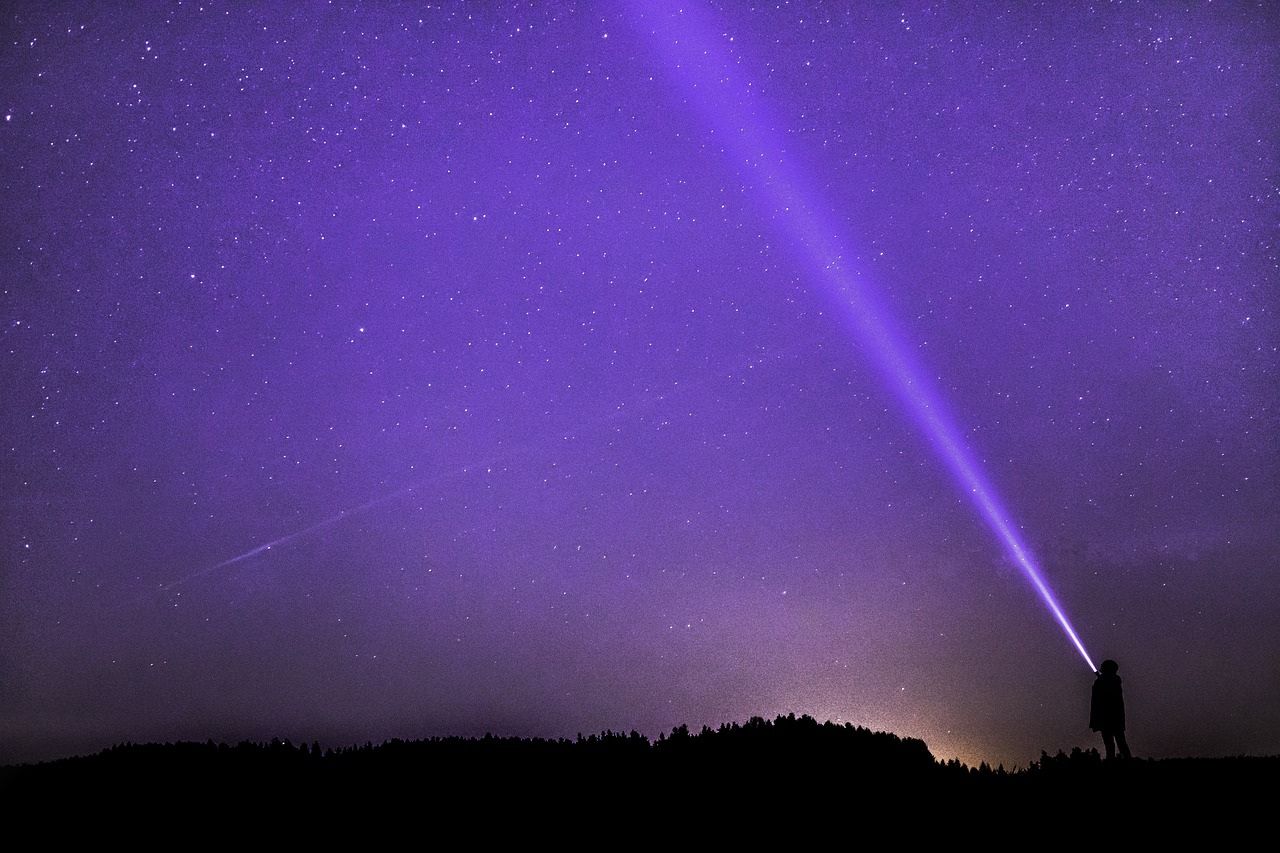Return of the Stardust

The camera pans out, revealing our protagonist. A small, modest star we shall refer to as Solara. It is an infant… In fact, she is poised on the verge of coming to life. Through the vastness of the universe, we see countless other stars, some bigger, some smaller, some heavier, some lighter. But how does one Solara come into existence? This narrative follows the journey of our protagonist alongside that of another, distinctive star.
We owe our very existence to the force that keeps us grounded: gravity. Now, imagine a vast, swirling nebula, an abstract painting of myriad colors—from fiery reds and vibrant blues to calming greens—every hue imaginable. This cloud, filled with gas and dust, is where gravity begins its cosmic sculpting. While minuscule particles possess only minuscule gravity, over millions of years, these particles become denser and denser, gathering more and more material as their combined gravity increases. After eons, this process forms a protostar, a nascent star veiled in gas and dust, patiently accumulating mass.
A few million years pass, and our cute little Solara Protostar is now entering its adolescence, transitioning to a new phase of life. The protostar slowly contracts, its core glowing brighter and brighter, the temperature rising dramatically. Then, something extraordinary happens: nuclear fusion ignites. Deep within Solara’s core, hydrogen atoms are forced together with such incredible force that they fuse into helium, releasing a tremendous burst of energy. Solara has reached stellar adulthood and aims to do great things, like build a solar system.
A billion or so years slip by, and our adult Solara is now beginning to age. The hydrogen fuel that sustained it for so long is running low. As Solara approaches this critical point, the delicate balance between the outward pressure of fusion and the inward pull of gravity is disrupted. The core contracts, growing even hotter, while Solara’s outer layers expand dramatically, cooling and taking on a reddish hue. We see Solara transform into a large, red giant, its surface now a vast, crimson sphere. This red giant phase marks a turning point; for stars like Solara, it’s the beginning of a gentle decline.
Over vast stretches of time, Solara’s outer layers drift away, leaving behind an incredibly dense and hot core—the remnant of our beloved star. This white dwarf, the only thing that remains of Solara, is destined to slowly cool and fade, eventually becoming a cold, dark ember in the vast cosmic graveyard.
But not all stars are granted such a quiet death. Let's turn our attention to Igneel, a blue star far more massive and dense than Solara. Igneel burns through its fuel at an astonishing rate. To compensate, Igneel continues to fuse increasingly heavier elements in its core: helium, carbon, nitrogen, all the way up to iron. As Igneel progresses through these fusion stages, its color shifts, a visual testament to the changing elements within. Iron, however, marks a notable turning point. Unlike other elements, fusing iron requires energy rather than releasing it.
As Igneel reaches this iron threshold, we witness its core collapse in a fraction of a second, triggering a supernova—a burst of unimaginable power that sends gravitational waves rippling across the universe. Light and energy erupt outward, illuminating the surrounding space in a spectacular display. In this breathtaking, catastrophic moment, Igneel’s core implodes, then rebounds outward in a colossal explosion.
Finally, we pull back for a wide shot of the universe, now with new nebulae, newly formed stars, and the remnants of past stellar lives: neutron stars and, if the core was sufficiently massive, a black hole—a region of spacetime so warped that nothing, not even light, can escape.
From the quiet birth in a nebula to the explosive death of a supernova or the slow fading of a white dwarf, the lives and deaths of stars are a cosmic song of creation and destruction, a witness to the awe-inspiring power and enduring beauty of the universe. Each star, a cosmic actor on this grand stage, plays its unique part, leaving its mark on the cosmos.
Similar Post You May Like
-

CFCs, HFCs and their long, troubled history
At its peak, the ozone hole covered an area 7 times larger than the size of Europe, around 29.9 million km2, and was rapidly expanding
-

The Origin of Universe: Deciding point where it all began!
Let us unravel and surf through the ideas throughout ages to understand what the universe and its origin itself was to its inhabitants across history.
-

The Artemis Program
Inspired by the Greek goddess of the Moon, twin sister to Apollo, the artimis program was named on 14 May 2019 by Jim Bridenstine.






